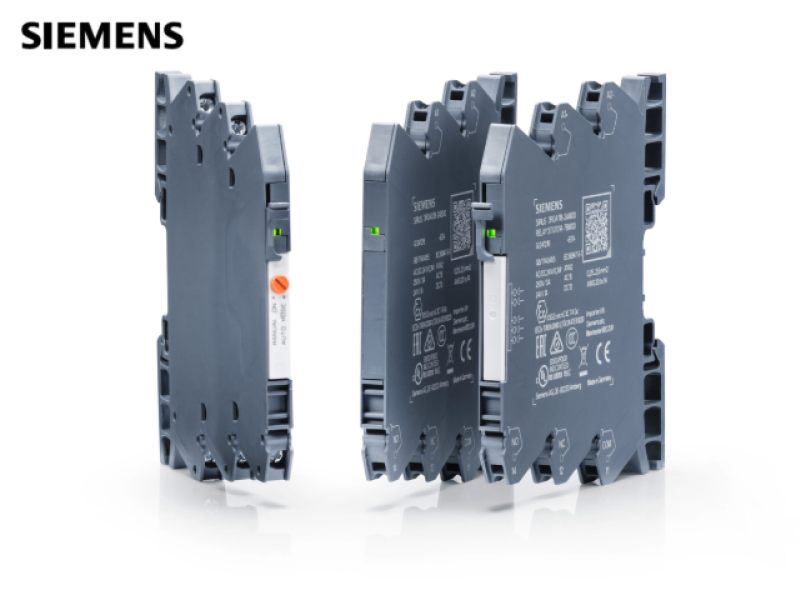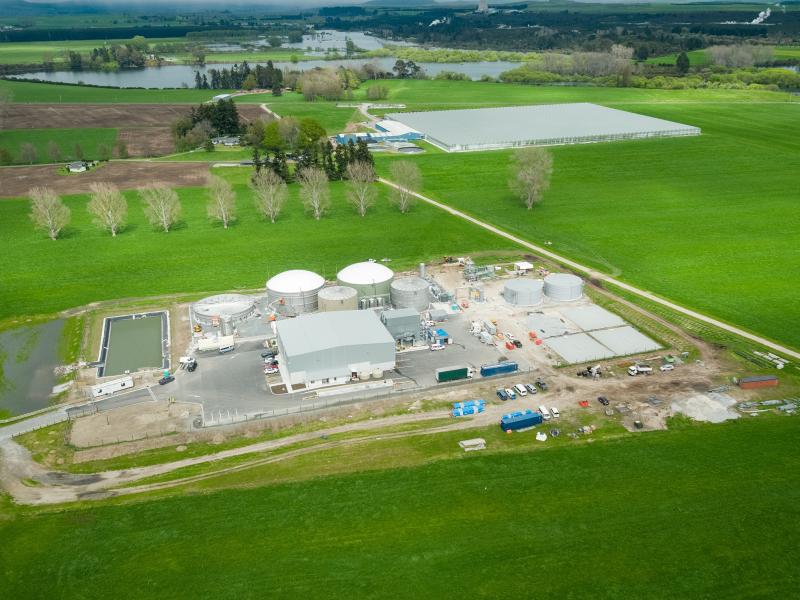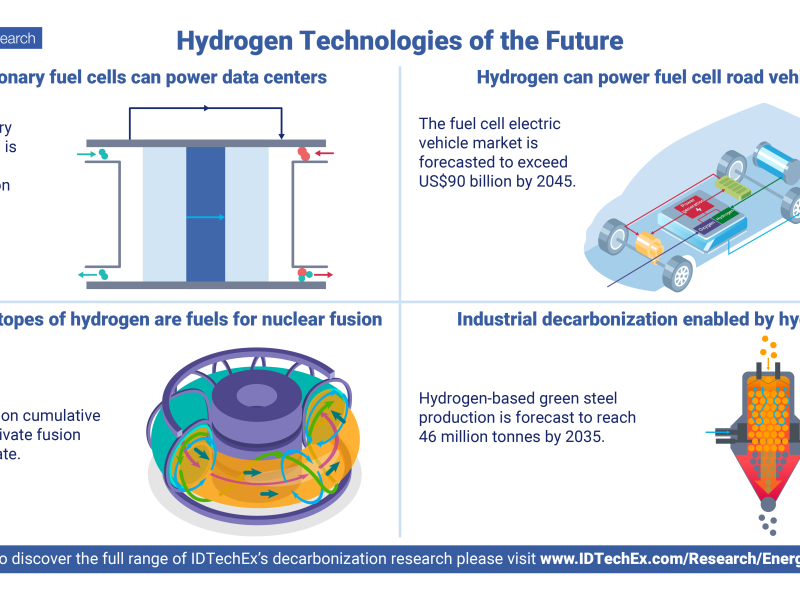Kayasand, a distributor of sand manufacturing technology, is opening its first V7 high-technology manufacturing demonstration plant in New Zealand, which uses waste products such as recycled glass, concrete and slag, and turns them into premium sand for concrete.
Kayasand has received the backing of New Zealand Green Investment Finance (NZGIF) via a $3.5 million equity investment. The green investment bank was established to accelerate investment that helps reduce greenhouse gas emissions. A further $1.8 million of private investment has been secured alongside the NZGIF investment bringing the total raise to $5.3 million.
Natural sand supplies are becoming harder to access and traditional concrete manufacturing processes, including the impacts of sand dredging on coastlines such as Pakiri, 100km north of Auckland, are not sustainable over the longer-term.
Dr Bram Smith, Kayasand General Manager, says “Our technology can reduce or in cases eliminates the need for natural sand dredging. It uses by-products and recycled materials such as quarry crusher dust and recycled glass to manufacture a sand of such quality that it makes stronger concrete than natural sand when mixed with cement. Our goal is to reduce carbon emissions from concrete production by up to 20% using this method.”
Kayasand technology is used in over 300 plants across Japan, China, India, and Australia.
NZGIF Chief Executive, Craig Weise, says the deal is an important step and is a boost for the construction sector and consumers who are eagerly looking for more sustainable building materials. He says, “Auckland’s infrastructure requirements alone are projected to be $26 billion over the next decade and if New Zealand is going to meet its CO2 emission reduction targets, we need to find alternative manufacturing and building methods. We are delighted to invest in Kayasand to help deliver its services to the construction sector and to support its environmental and commercial aspirations.”
The demonstration plant is expected to be open in June and Kayasand plans to be operating 40 plants in New Zealand and Australia by 2030.






